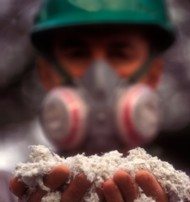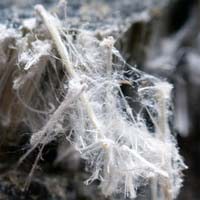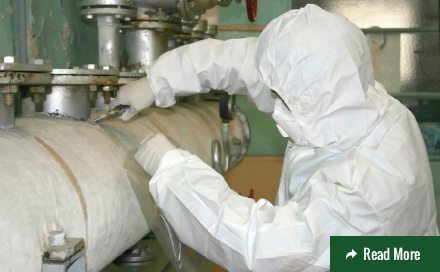Soil Mineral Linked to Mesothelioma Deaths in Mexico
Concerns continue to grow over the health threat posed by a mineral called erionite. There is new evidence that erionite dust may be responsible for the elevated mesothelioma and lung cancer death rates in a remote Mexican village. Malignant mesothelioma is usually caused by exposure to asbestos, a naturally-occurring fibrous mineral that was once heavily used in several industries. While the lungs can typically rid themselves of other types of irritants, asbestos dust fibers are small and sharp and tend to lodge in the tissue, causing cancer years later. In recent years, a less prevalent but similarly-shaped mineral called erionite has been suspected of doing the same thing. Mesothelioma rates hundreds of times higher than average have been found in…









